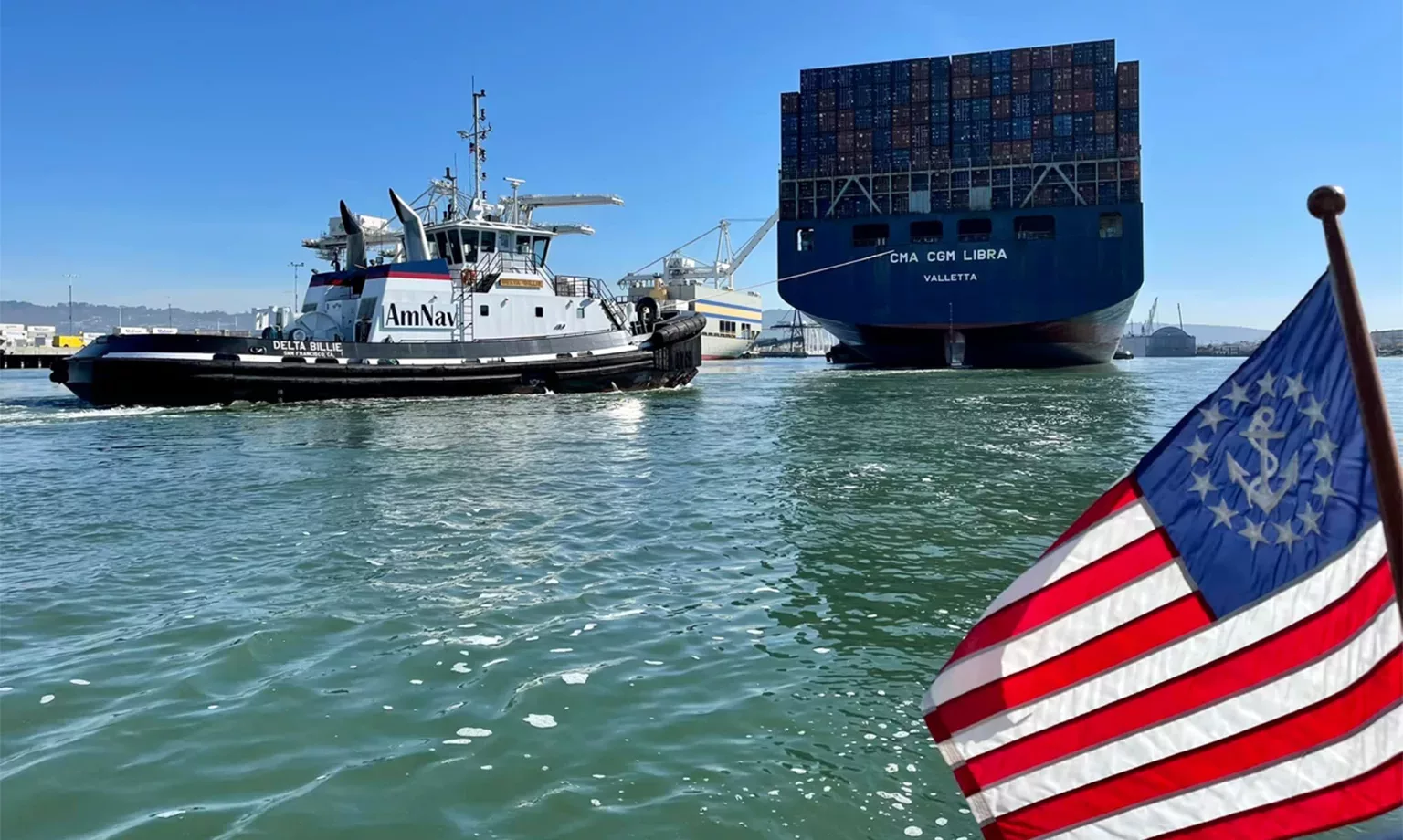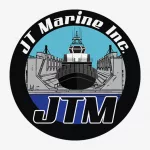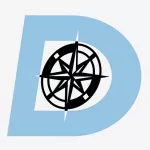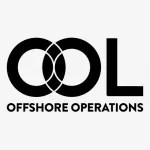Proudly serving the US with a reliable fleet of seafaring vessels, we speak to Jason Childs, President and CEO of Saltchuk Marine about its versatile and responsive maritime services.
PORTHOLE TO THE WORLD
“Here at Saltchuk Marine, we have the right resources, the exemplary people and the experience to be the best operator in our chosen markets.”
Consisting of five operating companies, and a recently opened terminal in New Bedford, Massachusetts, Saltchuk Marine proudly serves Alaska, Hawaii, the US West Coast, and the burgeoning offshore wind industry on the Eastern seaboard.
Additionally, the project services team works with customers all over the globe, and a fleet of over 100 Saltchuk Marine vessels operate in oceans, rivers, and ports around the world, giving the company an international presence.
The services provided by Saltchuk Marine would not be possible without its family of companies, and one of the oldest and most iconic of those is the tug company, Foss Maritime. In turn, Saltchuk Resources, the parent company of Saltchuk Marine, acquired AmNav, Young Brothers, Cook Inlet Tug and Barge (CITB), and Starlight Marine, all between 1997 and 2020.
“Saltchuk Resources is an acquisitive holding company with many diverse brands including TOTE, Tropical Shipping, Carlile, Aloha Air Cargo, Hawaiian Petroleum, and many others,” outlines Jason Childs, President and CEO of Saltchuk Marine and orator of the opening statement.
Prior to his current position, Childs worked for an aerospace and technology company, where the organizational structure was similar to Saltchuk Marine.
“Saltchuk Marine presented me with an opportunity to work with a great team of experienced maritime professionals while bringing innovations from the aerospace industry,” he reveals. “It is a complex blend of businesses and I love the challenge.”
Childs currently oversees Foss Maritime, AmNav, CITB, Young Brothers and Foss Offshore Wind, which includes the New Bedford Foss Marine Terminal.
Although the maritime environment is challenging, and safety is always the number one objective, Saltchuk Marine strives to create a culture where people are valued, respected and safe.
Community is integral. Saltchuk Marine is heavily involved as a social citizen and supports a variety of causes focused on maritime, education, and the environment. Employees frequently participate in local charitable events with corporate support.
“There is an immeasurable amount of pride that each and every teammate throughout Saltchuk Marine brings to their job each day. From the tugboats, terminals and barges to the shoreside offices and dispatch centers, all of us are doing what we can to be the best in class and operate with excellence on a daily basis.
“I learned the value of teamwork and how to refine your skills and strategy to stay competitive through my NFL experience. It also solidified that challenges can be overcome through preparation, hard work, and a disciplined approach; the very qualities I see in Saltchuk Marine teammates,” Childs adds.
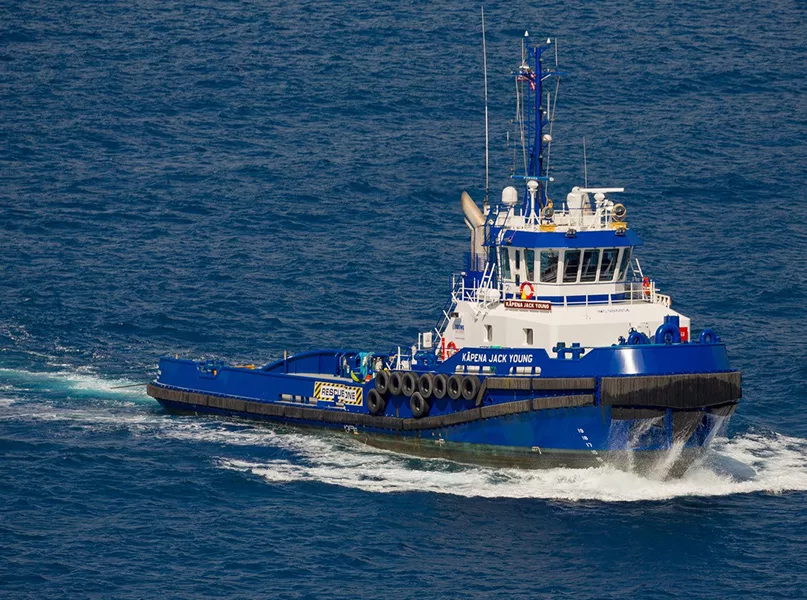
THE SALTCHUK STORY OF MARINE SERVICES
Saltchuk Marine is driven by a rich and storied history of innovation and service, and at the center of its offering is the tugboat.
As an important cog in the Saltchuk Marine machine, Foss Maritime was founded in 1889 by Thea Foss, the original “Tugboat Annie” and the subject of the 1933 film of the same name.
Foss Maritime joined the Saltchuk Marine family of companies in 1987. Today, it owns and operates one of the nation’s largest coastal tug and barge fleets, offering a broad range of green and blue water marine services in the Pacific Northwest, Hawaii, Alaska, and beyond.
The green water area extends from the outer edge of the brown water layer, which starts at the shoreline and ends at the continental shelf.
Green water encompasses continental shelves, archipelagos, and islands, whilst blue water refers to the environment past the outer edge of the former’s zone to the deep ocean.
Other companies which comprise Saltchuk Marine’s services include Young Brothers, founded in 1900 as Hawaii’s foremost inter-island freight handling and transportation company serving individuals and businesses alike, moving goods by barge among the Hawaiian islands.
Moreover, CITB is an Alaska-based marine transportation company acquired in 2011. It specializes in harbor services, fuel distribution, construction and oil and gas industry support. CITB operates along Alaska’s entire coastline including the Port of Anchorage and Cook Inlet, Seward, Southeast Alaska, the Aleutian Islands and Arctic Alaska.
Finally, AmNav has been the leading provider of marine and harbor services in the San Francisco Bay area since 1976, along which it has expanded its operations to Los Angeles and Long Beach.
Saltchuk Marine has experienced continued growth throughout the decades and is constantly expanding, with the most recent additions being Foss Offshore Wind and the New Bedford Foss Marine Terminal. The investment reflects a significant commitment to the offshore wind industry.
With a keen use of technology, Saltchuk Marine companies continue to lead the industry in innovative solutions, and environmental stewardship. In addition to marine services, Foss Maritime also provides full technical and engineering services.
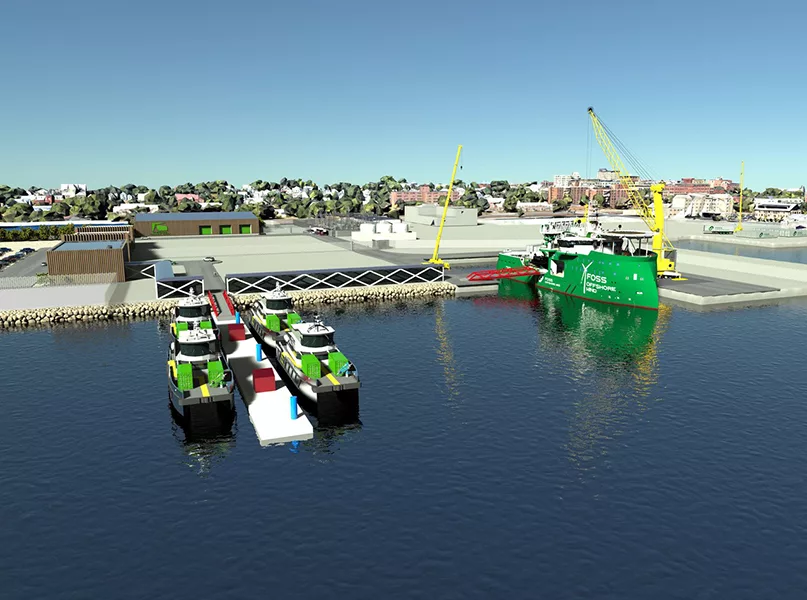
THE TALE OF THE TUGBOAT
The tugboat is positioned at the center of Saltchuk Marine’s services. Although tugboats weren’t invented until the 1810s, maritime history dates to around 5,000 years ago when the first major trade routes were formed between modern-day India and Pakistan along the Arabian Sea. The US, on the other hand, was not a self-sufficient nation, so trade by sea became essential.
The very first tugboat hit the water in Scotland in the early 1800s, and it was only five short years later when, in 1807, tugboats were introduced to US waters by engineer Robert Fulton.
With new boats came new jobs, as crews were needed to man the vessels, and a boost to the economy due to the necessary manufacturing work. Prominent new jobs including captains and engineers appeared as a result.
Just as the sea has shaped the US coastline, the tugboat is integral to the nation’s maritime history. Known as the “tow trucks of the waters” and the “great little helper”, they are used to move stalled ships, help vessels pass through frozen and challenging waters, and occasionally assist in putting out fires.
Initially, before it came to US waters, the tugboat was used as a passenger ship, although it did not last long in that capacity as it was feared that the boat would erode the banks if it got too close to the shoreline. However, they quickly evolved from steam powered to diesel powered, and today they are even used to direct cruise ships in the marina.
Without the use of tugboats, the US waterways would not be as safe, and vessels would not be as efficient. The great little helpers assist other ships and protect the passages as much as possible for seafarers and the public alike.
Several different types of tugboats have appeared on the scene to assist seafaring vessels, but it is harbor tugs which are generally required to assist tankers through the waterways. However, that is not their only job, as dredging, bunkering, liquid transfers, and assisting with cargo operations are also performed.
Tugboats are even utilized by the US Navy (USN), with Fleet Ocean Tugs providing towing, diving, and standby submarine rescue services to the USN’s numbered fleet commanders.
With their plethora of uses, and reliability, it is easy to see why Saltchuk Marine has tugboats at the center of its operations.

